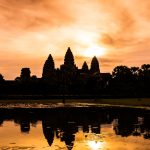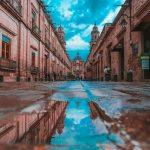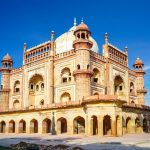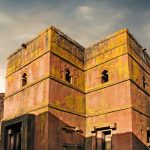Table of Contents
While tourists crowd Chichen Itza for that perfect Instagram shot, the Mayan ruins of Central America remain the most extraordinary and blissfully uncrowded. These archaeological treasures offer not just spectacular architecture but immersive experiences into a civilization that mastered astronomy, mathematics, and urban planning long before Columbus set sail.
Tikal: Guatemala’s Jungle Metropolis
Tikal deserves its reputation as the most impressive Mayan city, but few visitors experience it properly. The secret? Stay at one of the lodges inside the park rather than day-tripping from Flores. This allows you to enter before the gates officially open, watching the sunrise from Temple IV as howler monkeys provide the soundtrack and mist rises through the jungle canopy.
The true magic of Tikal reveals itself in areas tourists rarely reach. North of the Great Plaza lies Group H, where archaeologists discovered evidence of Teotihuacan influence, suggesting complex diplomatic relationships between these Mesoamerican powers. Even more remote, the Maler and Mendez causeways lead to outlying temple groups where spider monkeys swing overhead and ocellated turkeys strut across plazas untouched by foot traffic.
Visit during the rainy season (May-October) for dramatically lower visitor numbers and a vibrant emerald-green jungle. The afternoon showers typically last just a couple of hours, leaving mornings perfect for exploration.
Calakmul: Mexico’s Lost Kingdom
Deep in the Yucatan jungle near the Guatemalan border, Calakmul once rivaled Tikal in power and remains Mexico’s largest Mayan site. Its remoteness – three hours from the nearest town – ensures that even in high season, visitor numbers rarely exceed a few dozen daily.
The site’s signature experience comes from climbing Structure II, at 55 meters one of the tallest Mayan pyramids ever built. From the top, only the jungle extends to the horizon in all directions, with the tops of other pyramids poking above the canopy like islands in a green sea. This perspective helps you understand how the Maya maintained a sophisticated civilization within what appears to be an unbroken jungle.
Calakmul’s isolation has preserved remarkable stucco friezes and carved stelae that would have been looted or eroded at more accessible sites. The surrounding biosphere reserve protects jaguars, tapirs, and five species of wild cats – wildlife encounters are common on early morning visits.
Yaxchilan: The Labyrinthine River City
Accessible only by boat down the Usumacinta River, which forms the border between Mexico and Guatemala, Yaxchilan embodies the romance of Maya exploration. The hour-long journey through pristine rainforest often includes sightings of crocodiles and tropical birds before the ruins suddenly appear around a river bend.
What makes Yaxchilan extraordinary is its atmospheric setting and architectural integrity. The Grand Staircase ascending from the river landing creates one of the most dramatic entrances in the Maya world. The site’s structures feature remarkably preserved roof combs, lintels carved with hieroglyphic histories, and labyrinthine passageways designed to disorient visitors.
Structure 33 houses the most important collection of carved lintels still in their original positions rather than in museums. These portray royal blood-letting rituals with vivid detail, providing rare insight into Maya spiritual practices. Visit between January and March for optimal river conditions and fewer mosquitoes.
Copan: Honduras’ Sculptural Masterpiece
While Copan doesn’t match the scale of other major Maya centers, it compensates with the most intricate stone carving in the Maya world. The site’s Hieroglyphic Stairway contains the longest known Maya text, with 63 steps each carved with glyphs telling the history of Copan’s royal dynasty.
Most visitors miss the full experience by skipping the excellent museum and archaeological tunnels. The Rosalila Temple tunnel reveals an earlier temple preserved intact when later structures were built around it – you can see original 7th-century paint still clinging to sculptures, offering a glimpse of how colorful Maya cities once appeared.
The surrounding valley contains dozens of smaller sites spread across the countryside. Arrange for a local guide to explore Las Sepulturas, an elite residential area where archaeologists have documented how noble families lived, or the scarlet macaw breeding facilities that supplied the sacred birds for royal ceremonies.
El Mirador: Guatemala’s Preclassic Giant
For the ultimate Maya adventure, El Mirador demands a five-day jungle trek through the Peten rainforest or an expensive helicopter charter. This effort accesses what may be the most significant Maya site of all – a massive Preclassic city that flourished over 2,000 years ago, challenging assumptions about Maya civilization’s development.
The site’s La Danta pyramid complex ranks among the largest structures in the ancient world by volume, rising 72 meters above the jungle floor. Recent LiDAR surveys revealed a complex urban landscape connecting El Mirador to other major centers via elevated causeways spanning dozens of kilometers through what had been thought to be a virgin jungle.
The hiking journey itself becomes part of the experience, as guides point out wildlife and forest plants used by both ancient and modern Maya. Camping within the ruins allows for dawn exploration when spider monkeys and toucan calls provide the only sounds. This experience remains archaeology at its most adventurous, with new discoveries emerging annually from ongoing excavations.
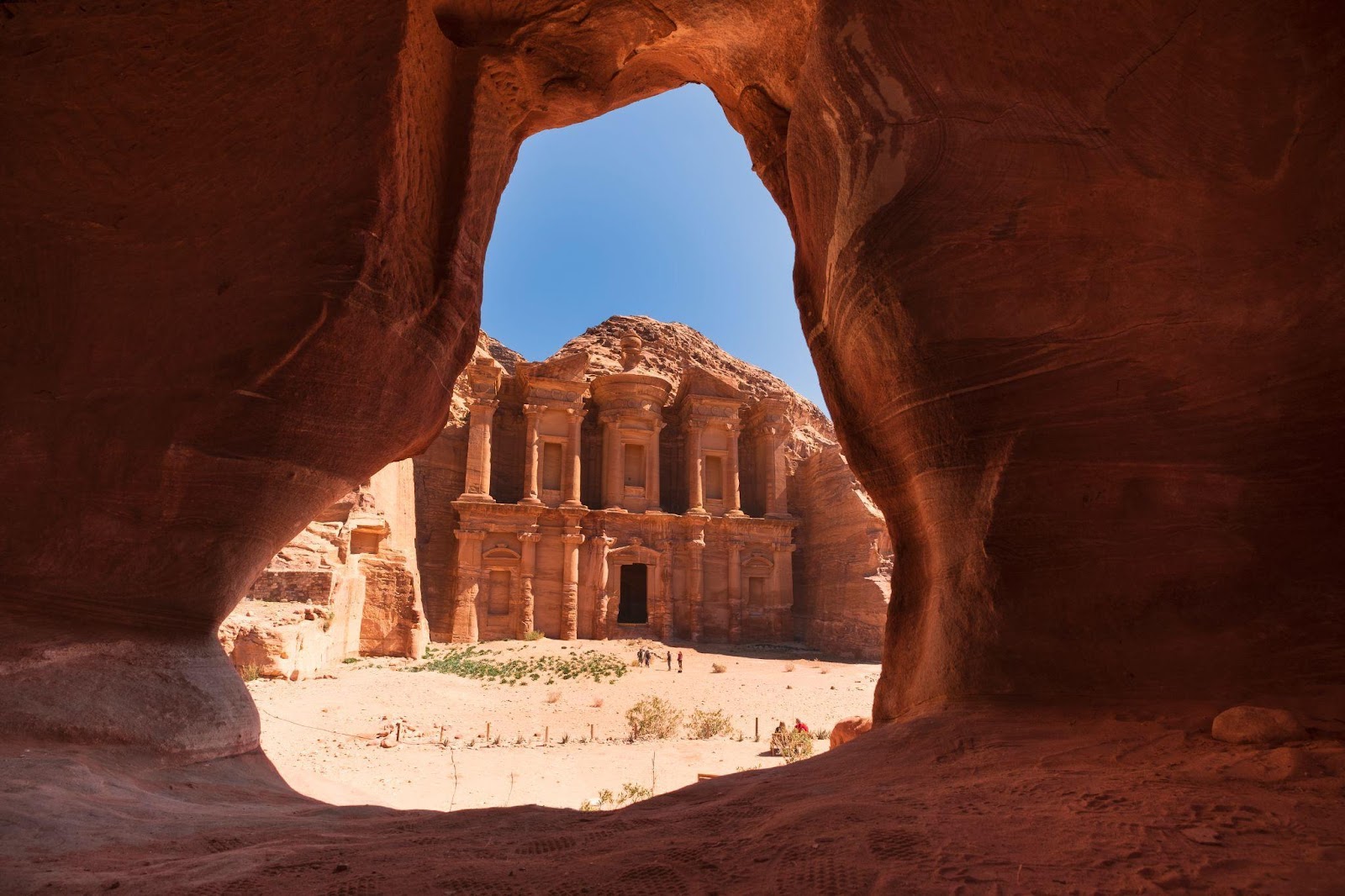 Caracol: Belize’s Mountain City
Caracol: Belize’s Mountain City
Hidden deep in Belize’s Maya Mountains, Caracol once housed twice as many people as today’s Belize City. Its central pyramid, Caana (“Sky Place”), remains the tallest man-made structure in modern Belize at 43 meters high. Unlike many Maya sites, Caracol allows visitors to climb nearly all structures, offering perspectives similar to what ancient Maya rulers would have experienced.
The site’s remoteness – accessed via rough forest roads – keeps crowds minimal. This solitude allows appreciation of Caracol’s astronomical alignments and acoustic properties. Stand in the central plaza and speak in a normal voice – the sound carries with remarkable clarity to platforms where rulers would have addressed gathered crowds.
Archaeologists continue making significant discoveries here, including recent excavations of residential areas that revealed sophisticated water management systems. The surrounding forest harbors abundant wildlife – keel-billed toucans, oscillated turkeys, and even jaguars occasionally make appearances during early morning visits.
Quirigua: Guatemala’s Monolithic Marvel
Often overlooked because of its small size, Quirigua contains the tallest free-standing stone monuments in the Americas. These intricately carved stelae, some reaching 10 meters high, commemorate the site’s greatest triumph – the capture and beheading of the king of much larger Copan in 738 CE.
The site’s location along the Motagua River valley created ideal conditions for preserving stone carvings. The volcanic zoomorphs (boulder sculptures shaped into mythological creatures) retain details that have eroded at other sites, showing the extraordinary skill of Maya sculptors. The hieroglyphic texts here helped scholars crack the Maya writing system.
Visit midweek and you might have the entire site to yourself – a remarkable opportunity to appreciate these monumental sculptures without distractions. The surrounding landscape of banana plantations contrasts dramatically with the jungle settings of other major sites, demonstrating the Maya civilization’s adaptability to different environments.
Beyond Ruins: Connecting with Living Maya Culture
The Maya civilization never “collapsed” as popular accounts suggest – it transformed. Today’s millions of Maya people maintain cultural traditions connecting directly to the builders of these monumental sites. The most rewarding exploration acknowledges this continuity, recognizing that these extraordinary ruins represent not a vanished civilization but an enduring cultural legacy still evolving after thousands of years.

I’m Garrett, a seasoned photojournalist with a passion for uncovering the world’s hidden treasures. My journey is fueled by a deep curiosity for diverse cultures and breathtaking landscapes. When I’m not behind the lens capturing the world’s wonders, you can find me exploring underwater realms or sharing my passion for discovery with my two adventurous children.

